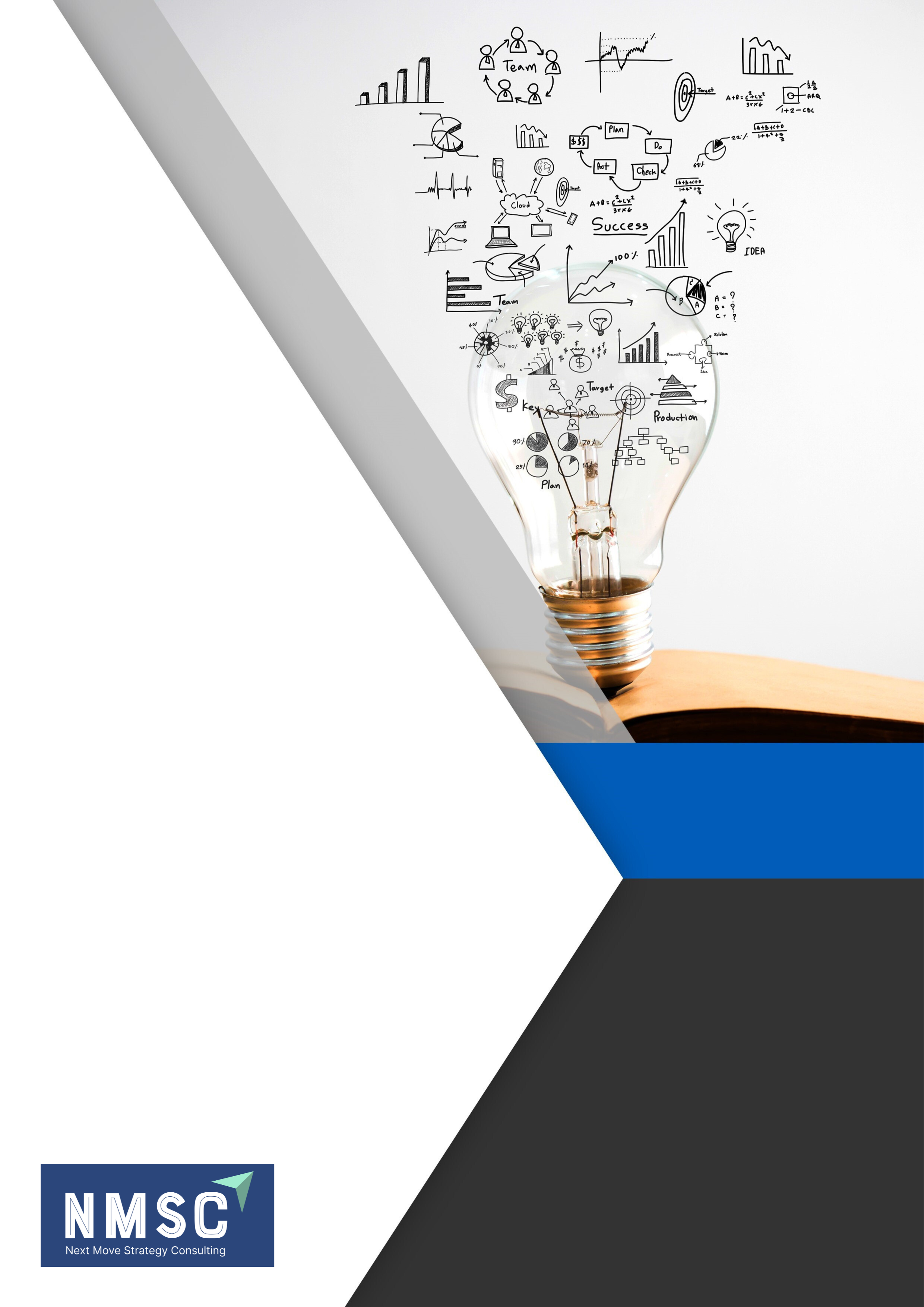
Norway Additive Manufacturing (AM) Market by Technology (Stereolithography, Fused Deposition Modeling, Selective Laser Sintering, Direct Metal Laser Sintering, Polyjet Printing, Inkjet Printing, Electron Beam Melting, Laser Metal Deposition, Digital Light Processing, Laminated Object Manufacturing, and Others) by Printer Type (Desktop 3D Printer and Industrial 3D Printer) by Material (Polymer, Metal, and Ceramic) by Application (Prototyping, Tooling, and Functional Parts) by Component (Hardware, Software, and Services) and by End-User (Industrial Additive Manufacturing and Desktop Additive Manufacturing) – Opportunity Analysis and Industry Forecast 2023–2030
Industry: Semiconductor & Electronics | Publish Date: 26-Jul-2023 | No of Pages: 75 | No. of Tables: 62 | No. of Figures: 29 | Format: PDF | Report Code : N/A
Market Definition
Norway Additive Manufacturing (AM) Market was valued at USD 65.46 million in 2022, and is predicted to reach USD 422.56 million by 2030, with a CAGR of 26.2% from 2023 to 2030. Additive manufacturing, also known as 3D printing, refers to a process of creating three-dimensional objects by adding material layer by layer, as opposed to traditional subtractive manufacturing methods that involve cutting, drilling, or carving material from a solid block. It is called additive manufacturing because the object is built by sequentially adding thin layers of material on top of each other until the final shape is achieved. The process typically starts with a digital design file that is sliced into multiple cross-sectional layers. These layers are then successively printed or deposited using various techniques, such as extrusion, powder bed fusion, vat photopolymerization, or binder jetting. The material used in additive manufacturing can vary widely, including plastics, metals, ceramics, and even biological materials.
Growth of Norwegian 3D Printing Market Driven by Strategic Initiatives of Global Additive Manufacturing Leaders
The presence of global additive manufacturing leaders who are using different tactics such as business expansions to improve their market presence and product portfolio promotes the growth of the Norwegian 3D printing market. For instance, in June 2021, Norsk Titanium AS (Norsk Titanium; Euronext: NTI), a leader in additive manufacturing of aerospace-grade titanium components, announced a collaboration with the Hittech Group, situated in Den Haag, Netherlands, to expand its client base into the industrial application market area, which in turn boosts the market growth.
Growth of 3D Printing Market Driven by Increasing R&D and Innovation by Key Market Players across Industries
The growing R&D and innovation techniques by various key market players in Norway is attributed to the rising demand for 3D printing in the future with the expansion of its application across industries such as aerospace and manufacturing, which in turn further drives the market growth. For instance, in June 2021, a type of underwater 3D printing has been created by Kongsberg Ferrotech, which makes subsea robots for the oil and gas industry, to repair pipelines under the sea. The business collaborated with Equinor, SINTEF, and Gassco to create the procedure, which is known as ‘Subsea Additive Manufacturing for Lifetime Extension.
High-Cost Restraining Additive Manufacturing in Norway
The massive initial expenditure necessary to build the infrastructure, which includes 3D printers, materials, and software, is a significant cost hurdle. With limited financial resources, small and medium-sized firms (SMEs) have hurdles in fully integrating additive manufacturing technology. As a result, it is predicted to slow the growth of the additive manufacturing industry. Thus, it is expected to restrain the growth of the additive manufacturing market.
Technological Advancements in Additive Manufacturing Market in Norway
The ongoing technological advancements have fueled substantial growth in the additive manufacturing industry. These advancements encompass various areas, including enhanced printing capabilities, advancements in materials, and more efficient post-processing techniques. Consequently, the market has witnessed improved output quality, shorter manufacturing cycles, and expanded opportunities for application in diverse sectors. The continuous progress in additive manufacturing technology has created numerous avenues for market development, leading to increased acceptance and utilization of the technology.
Competitive Landscape
The additive manufacturing industry includes several market players such as Stratasys, Markforged Holding Corporation, Desktop Metal Inc., Velo3d, Inc., Formlabs Inc., Protolabs., Xometry Inc., Shapeway Holdings Inc., D Systems, General Electric.
KEY BENEFITS
-
The Norway additive manufacturing market report provides a quantitative analysis of the current market and estimations through 2023-2030 that assists in identifying the prevailing market opportunities to capitalize on.
-
The study comprises a deep dive analysis of the market trend including the current and future trends for depicting the prevalent investment pockets in the market.
-
The information related to key drivers, restraints, and opportunities and their impact on the market is provided in the report.
-
The competitive analysis of the market players along with their market share in the Norway additive manufacturing market.
-
The SWOT analysis and Porter’s Five Forces model are elaborated in the study.
-
Value chain analysis in the market study provides a clear picture of the stakeholders’ roles.
NORWAY ADDITIVE MANUFACTURING MARKET KEY SEGMENTS
By Technology
-
Stereolithography
-
Fused Deposition Modeling
-
Selective Laser Sintering
-
Direct Metal Laser Sintering
-
Polyjet Printing
-
Inkjet Printing
-
Electron Beam Melting
-
Laser Metal Deposition
-
Digital Light Processing
-
Laminated Object Manufacturing
-
Others
By Printing Type
-
Desktop 3D Printer
-
Industrial 3D Printer
By Material
-
Polymer
-
Metal
-
Ceramic
By Application
-
Prototyping
-
Tooling
-
Functional Parts
By Component
-
Hardware
-
Software
-
Design Software
-
Inspection Software
-
Printer Software
-
Scanning Software
-
-
Services
By End-User
-
Industrial Additive Manufacturing
-
Automotive
-
Aerospace and Defense
-
Healthcare
-
Consumer Electronics
-
Power and Energy
-
Others
-
-
Desktop Additive Manufacturing
-
Educational Purpose
-
Fashion and Jewelry
-
Objects
-
Dental
-
Food
-
Others
-
KEY PLAYERS
-
Stratasys
-
Markforged Holding Corporation
-
Desktop Metal Inc.
-
Velo3d, Inc.
-
Formlabs Inc.
-
Protolabs.
-
Xometry Inc.
-
Shapeway Holdings Inc.
-
D Systems
-
General Electric




 Speak to Our Analyst
Speak to Our Analyst






























